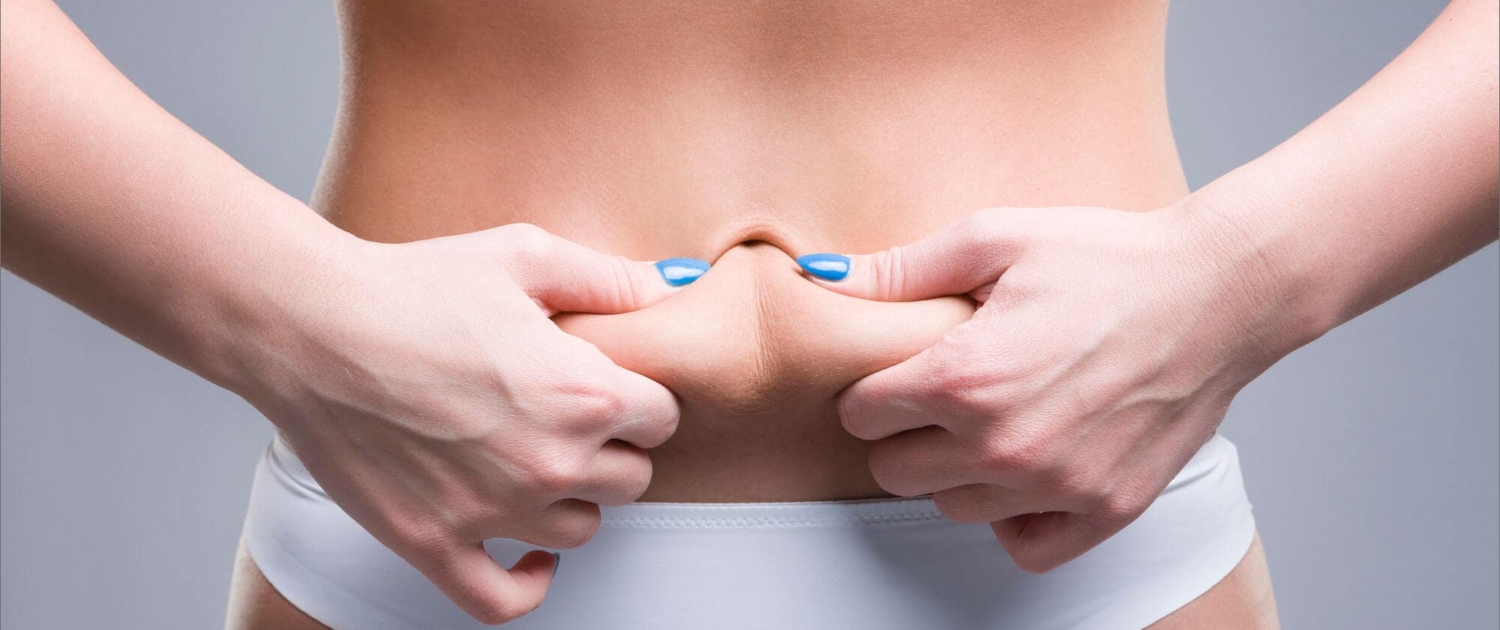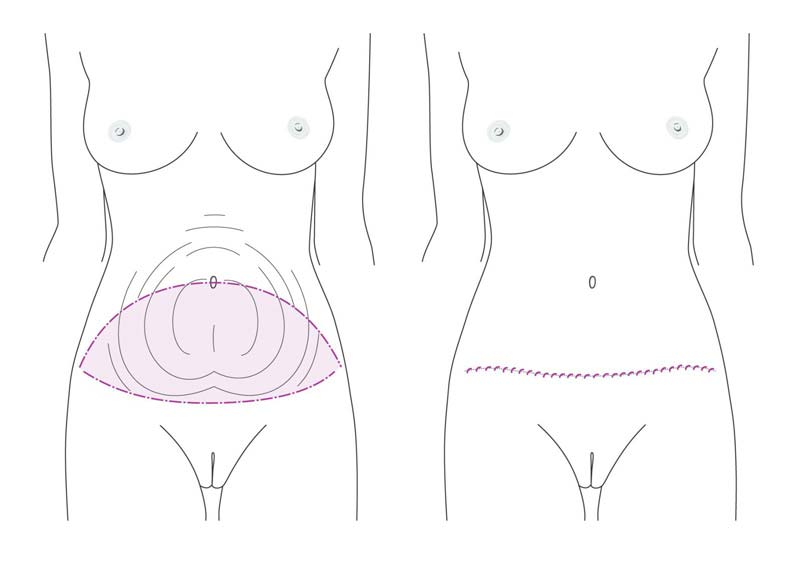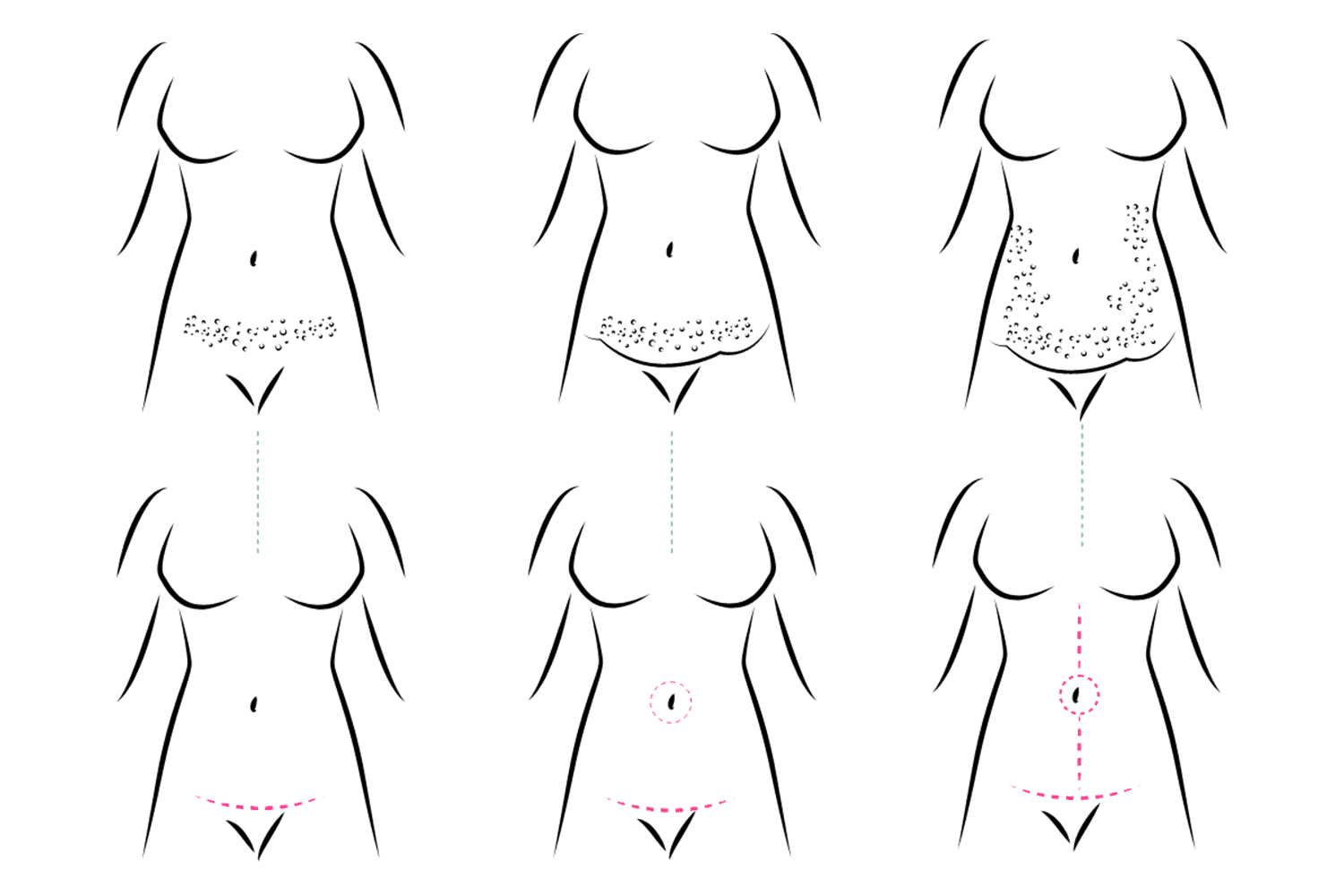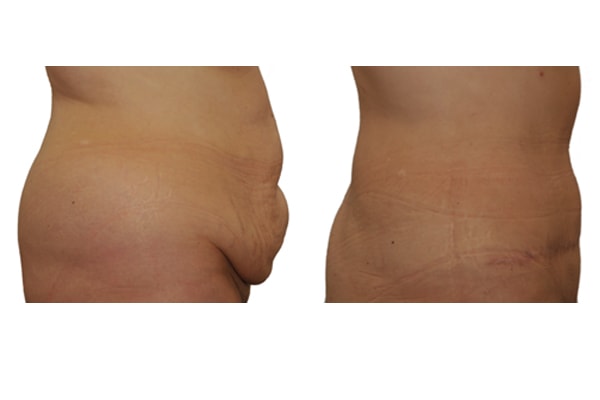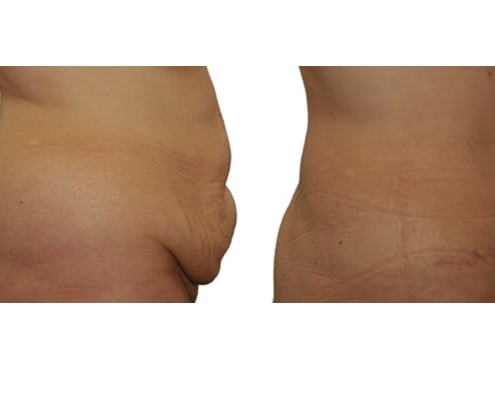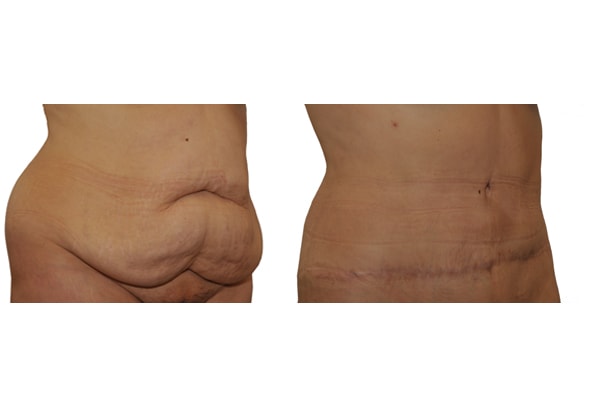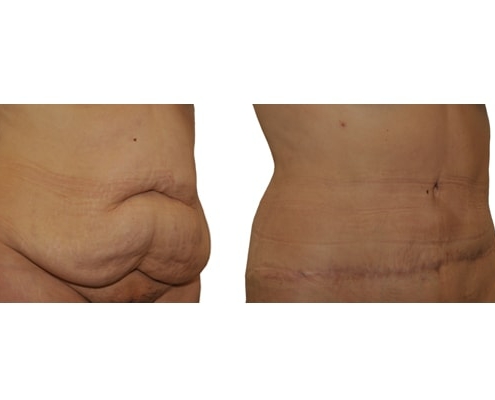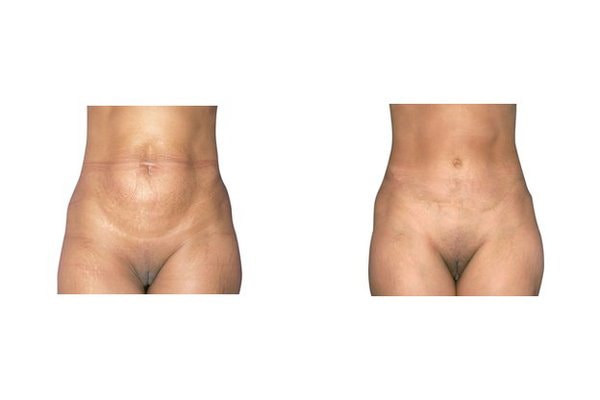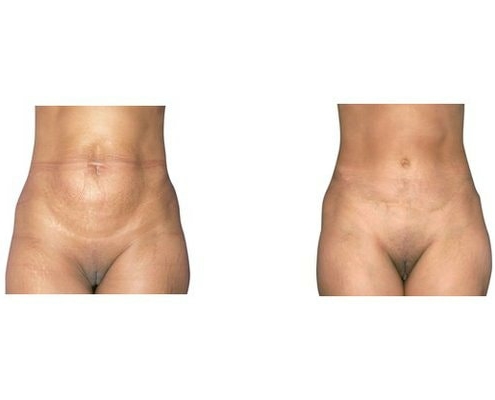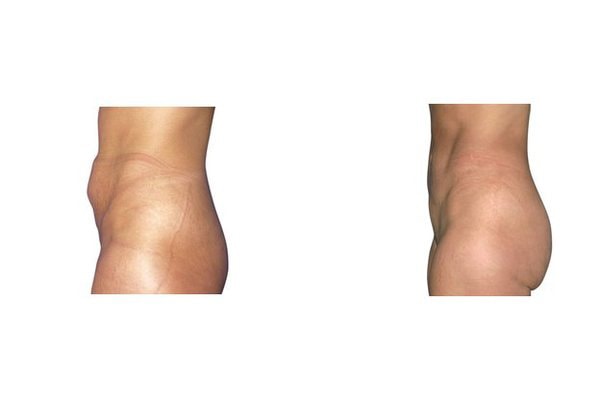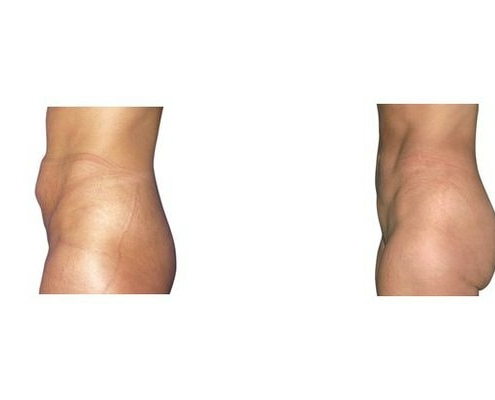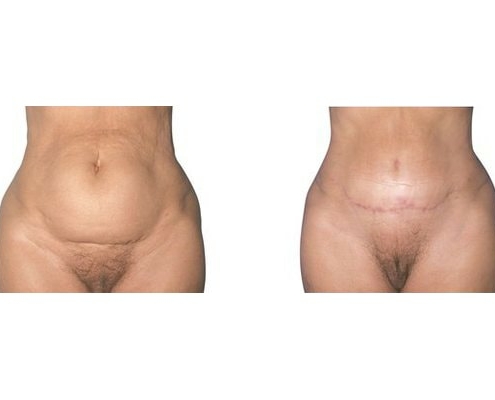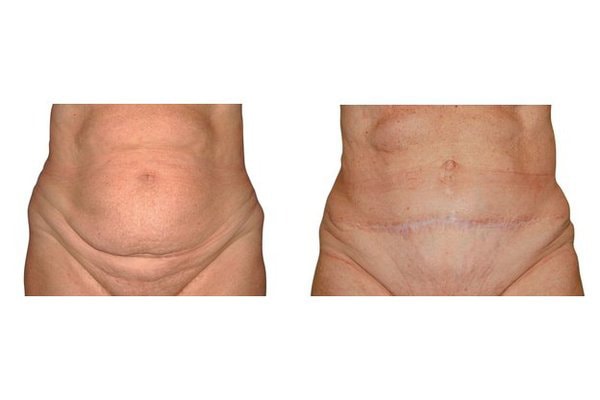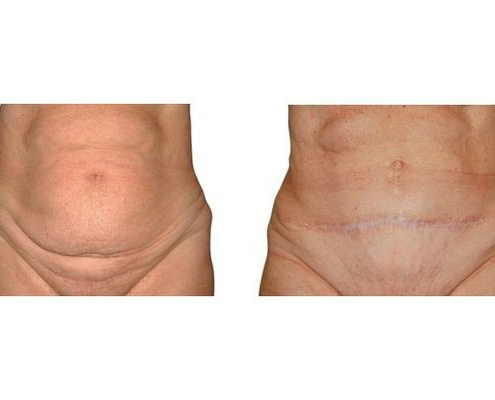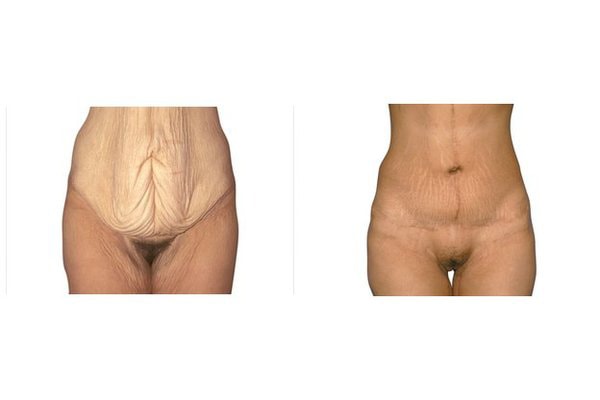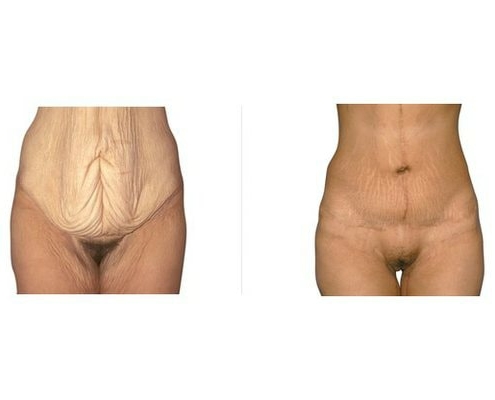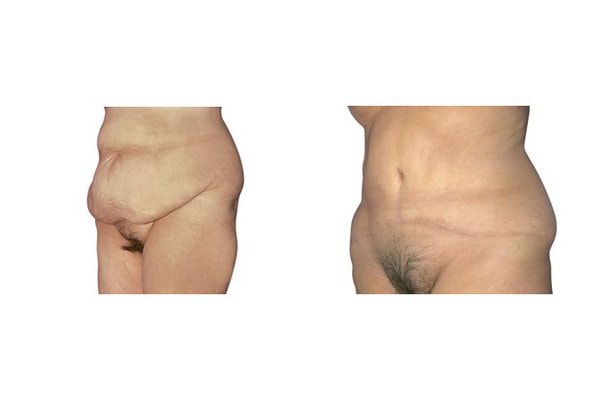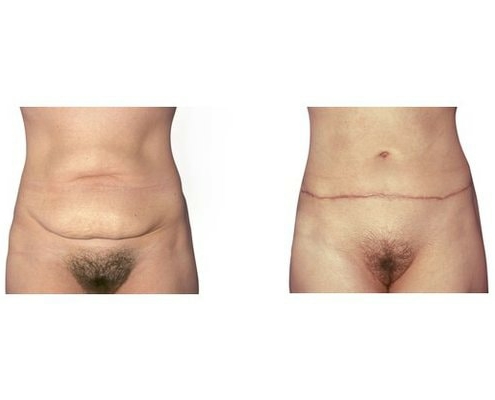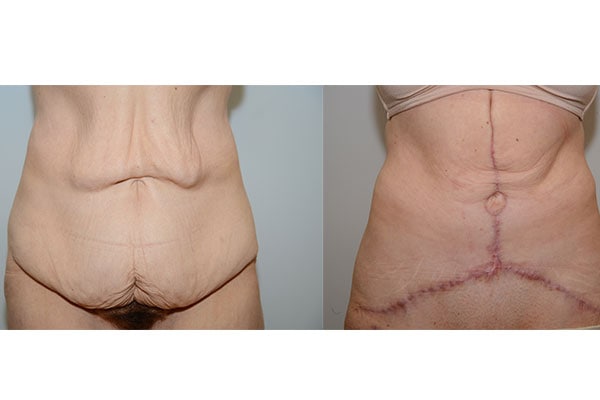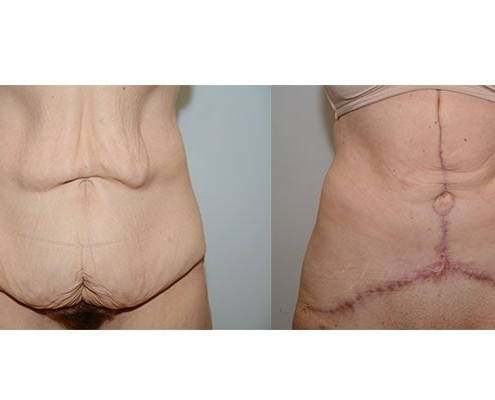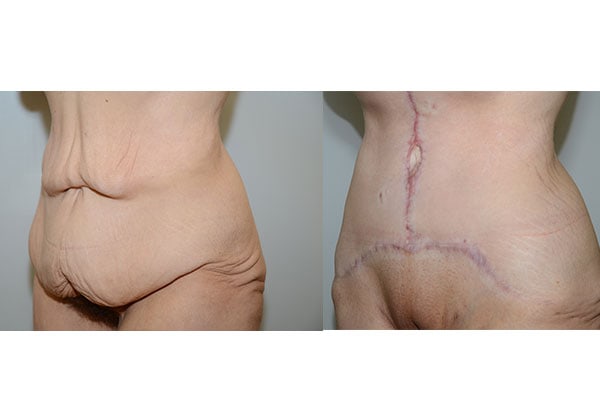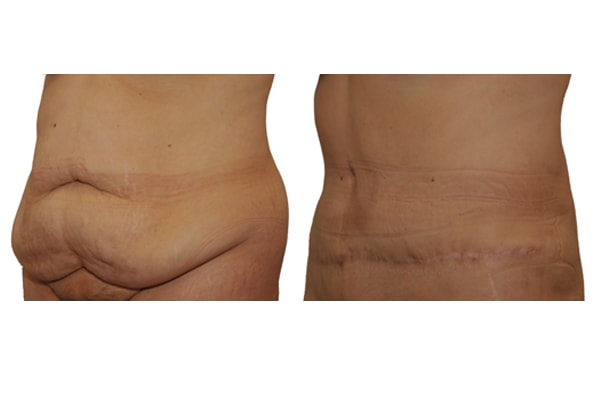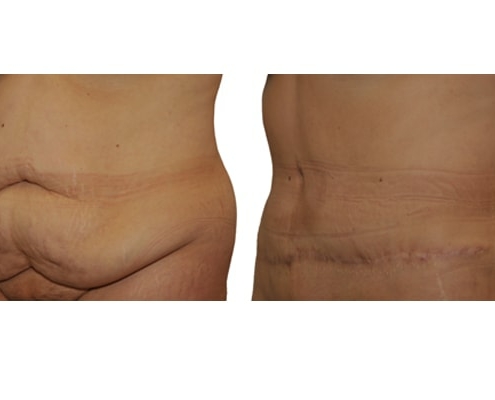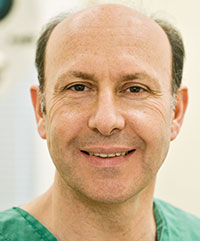1. What happens during a tummy tuck (abdominoplasty)?
In the area of the abdomen, excess skin and the underlying fat is removed. Access is via a horizontal incision on the lower abdomen, which can be optionally supplemented by a vertical incision, if an emphasis on the waist is necessary.
2. Where is the tummy tuck scar?
The most frequent incision is curved downwards from the iliac crest to iliac crest along the pubic bone. However, underwear wearing habits can be taken into account as other incision sites are possible.
3. What happens to the navel during a tummy tuck?
The umbilicus is detached from its original position and, after removal of excess skin, positioned at the same level in the abdominal area. Care should be taken on keeping an attractive shape (longitudinal oval) and a moderate depper level.
4. What is meant by the term “Diastasis”?
Diastasis refers to the separation of the paired straight abdominal muscle (rectus abdominis). A Diastasis arises often in women because of pregnancy and in men with massive weight gain. The Diastasis is shown by a more or less broad and clearly palpable gap in the middle of the abdominal muscle when strained.
5. How is a Diastasis corrected?
The separated inner sections of the straight abdominal muscle are sewn together. The technical term for this maneuver is called a “gathering of the rectus sheath”. Afterwards, carrying a weight over 5kg should be avoided for a period of three months and a supporting corset be worn.
6. Am I a good candidate for a tummy tuck?
Basically only physically healthy people should be operated on. Furthermore, in women, family planning should be completed because a pregnancy can worsen the result of a tummy tuck. Heavy weight fluctuations also jeopardize the outcome, so the procedure should be carried out when the body weight can be maintained after the operation.
7. Can stretch marks be removed with a tummy tuck?
Yes, but only those found on the excess skin. Stretch marks that are above the navel region, unfortunately, cannot be removed, but they are moved much further down, so the appearance is improved in any case.
8. When does the insurance company cover the procedure?
If the procedure is medically necessary, that is, if there is a massive fat apron after significant weight loss, intertrigo (soreness), pronounced Diastasis (from 5cm) or abdominal wall hernias, the insurance company will cover the cost of the procedure.
9. How many nights can I expect to stay in the hospital?
In general, two nights should be sufficient. However, in some cases three or four nights of hospitalization may be necessary. In mild cases, especially if no gathering of the rectus sheath was necessary, you may be able to leave the hospital after one night.
10. What complications can occur?
The most common medical complications are – due to the large surgical area – bleeding, infection and impaired healing. Aesthetical complications may include: unfavorable or asymmetric scarring, distortion of the navel, pulling of the sutures, step formation of the tissue above the pubic region, dog-ear formation and keloids. With careful work, hoewever, medical complications are very rare, the occurrence of aesthetical complications depends on the experience of the surgeon.
11. How long after the procedure can I resume normal activity?
After about 10 days, if only the excess skin was removed. If the rectus sheath was gathered, depending on the individual, it could take one to two weeks longer. Exercise, coupled with a tightening of the abdominal muscles must be avoided for a period of three months.
12. What are the long-term results after a tummy tuck?
If the patient succeeds avoiding major fluctuations in weight, the result is permanent.
13. Can liposuction replace a tummy tuck?
No. Liposuction reduces only the fat volume and can not achieve the necessary tightening of the abdomen. However, liposuction can be used to improve the overall results, as an accompanying measure.

